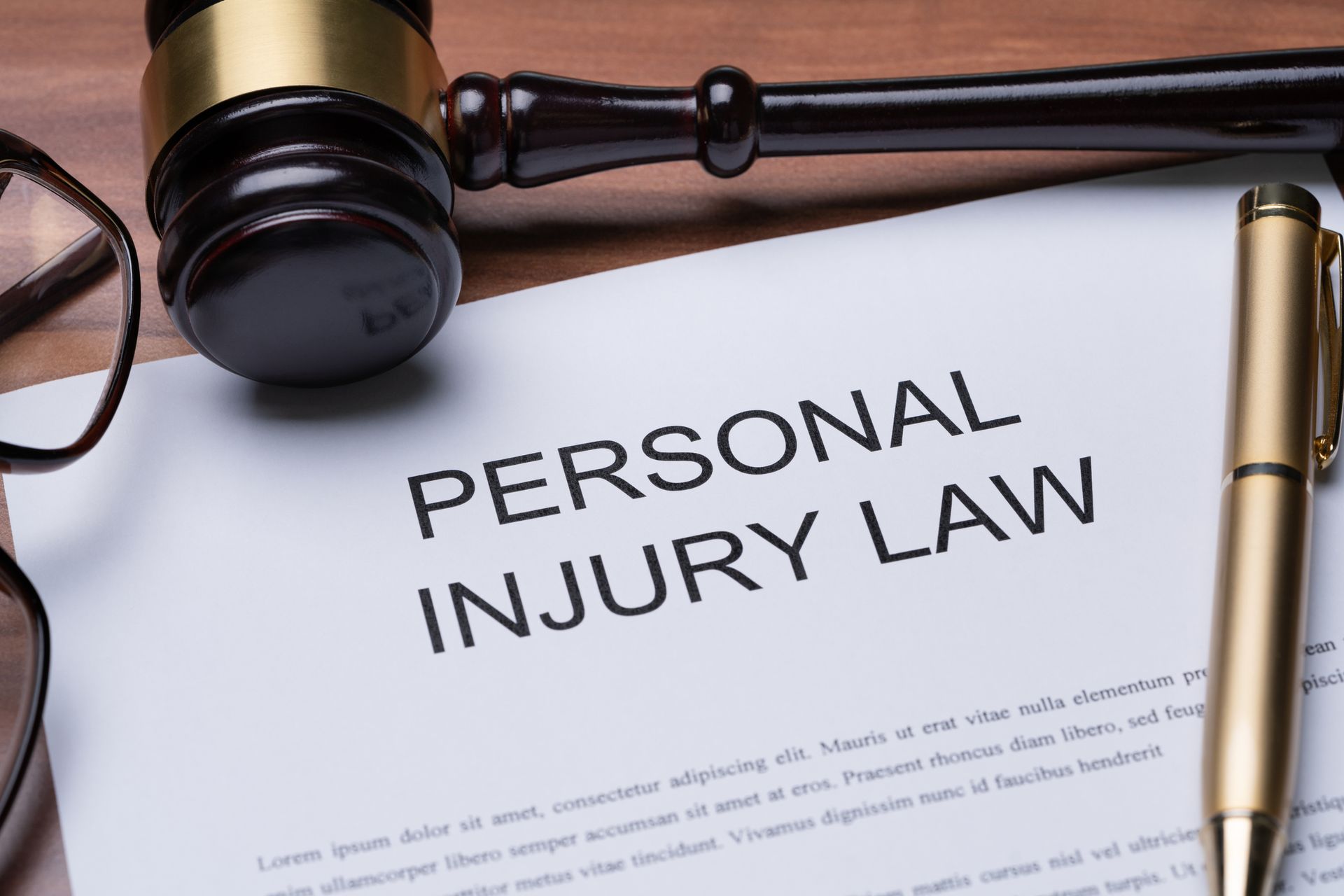The Role of Residual Functional Capacity in Disability Claims

The Social Security Administration (SSA) will usually analyze your Residual Functional Capacity (RFC) to determine whether you can work if you apply for disability benefits. The RFC is a measure of the maximum work you can do given your disability. Below is an overview of RFC and its use in disability claims.
Exertional Limitations
The SSA uses your limitations as critical factors that affect your RFC. Your exertional capacity relates to your seven strength demands, namely, your ability to:
- Sit
- Stand
- Walk
- Lift
- Carry
- Push
- Pull
The SSA will evaluate these seven strength demands and classify your exertional limitations appropriately. The classification has five levels.
1. Sedentary Work
The sedentary work level applies if you can only lift 10 pounds at a time. Most people are best suited to jobs with lots of sitting and a little walking and standing tasks at this level. For example, the ability to work a desk job may qualify you for sedentary work.
2. Light Work
Light work means you can carry a maximum of 20 pounds. With light work qualification, you should be able to do jobs that involve more walking and standing than sedentary work. For example, operating a machine with your hands and feet and reaching for things may qualify as light work.
3. Medium Work
Medium work increases the maximum load you can occasionally carry to 50 pounds. You should also be able to lift objects weighing 25 pounds frequently. In addition, you should also be able to walk and stand for at least six hours in an eight-hour shift. Working in a store where you have to carry boxes within these weight limits can qualify as medium work.
4. Heavy Work
Heavy work classification means you can carry a maximum of 100 and 50 pounds occasionally and frequently, respectively. Loading and unloading heavy boxes (within the weight limits) from a truck may qualify you for the heavy work level.
5. Very Heavy Work
The classification means you can carry more occasionally carry more than 100 pounds and frequently carry more than 50 pounds. This level means you can do almost any work that requires physical exertion.
Non-Exertional Limitations
Non-exertional limitations evaluate your mental abilities and physical abilities other than the seven strength demands. For example, the limitations consider your:
- Postural abilities, such as bending or climbing things
- Communicative abilities
- Visual abilities
- Manipulative abilities, such as holding things in your hand
- Ability to withstand different environments, such as noisy environments
- Mental abilities such as remembering things
Say you have suffered an eye injury that has left you blind. You have a visual disability that falls under non-exertional limitations.
RFC Use
Once the SSA has evaluated your RFC, it will use the evaluation to determine the maximum work you can do. In this regard, SSA will consider:
- Your limitations and their symptoms
- The demands of your work, such as the weights you must carry in your daily job, the hours you must stand, and the environments you must withstand
- Your ability to meet your work demands
Consider a case where the SSA has evaluated your limitations and determined that you can carry a maximum of 15 pounds. The evaluation places you under light work classification. If your work requires you to carry more than 15 pounds, then the SSA will rule that you cannot do your usual work.
Next, the SSA will determine whether you can adjust to other jobs that don't require carrying more than 15 pounds. The determination involves different factors, such as your:
- Age
- Experience
- Education
You don't have a disability (as per the SSA's evaluation) if you can do other work and such work exists. However, you have a disability and deserve disability benefits if you can't do other work or the work you can do doesn't significantly exist.
Any mistake in the SSA's evaluation can result in an erroneous denial. The Law Offices of James B. Gillespie, Jr., PLLC, can help protect your rights and ensure the evaluation's accuracy. Contact us to review your case and determine how to help you get the disability benefits you deserve.





